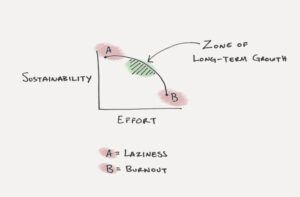2023 Reflection and 2024 Goal Setting
It’s the last day of 2023, making it the perfect time to look back on the past 12 months and reflect.
James Clear is a writer and speaker. He is the author of the #1 New York Times bestseller Atomic Habits and the popular 3-2-1 newsletter.
He wrote one of the most powerful goal setting articles I’ve ever read and I wanted to share some of the highlights to help guide your reflection of 2023 and goal setting for 2024.
I highly recommend you read the full article HERE . If you don’t have time, I’ve highlighted some of the key takeaways below. After reading the article or summary, see the bottom of this blog for three questions to help you reflect and set goals moving into 2024.
My key takeaways:
- Set the direction (goals), then establish the system (process of consistently doing the work)
- Stack your goals
- Set an upper bound
- Environment is everything
- Measure progress backwards
Set the direction, identify the process.
Having a goal is the easy part. The real challenge is not determining if you want the result, but if you are willing to accept the sacrifices required to achieve your goal.
Imagine a small row boat. Your goals are like the rudder on the boat. They set the direction and determine where you go. If you commit to one goal, then the rudder stays put and you continue moving forward. If you flip-flop between goals, then the rudder moves all around and it is easy to find yourself rowing in circles.
However, there is another part of the boat that is even more important than the rudder: The oars. If the rudder is your goal, then the oars are your process for achieving it. While the rudder determines your direction, it is the oars that determine your progress.
Goals determine your direction. Systems determine your progress. You’ll never get anywhere just by holding the rudder. You have to row.
Stack new habits with things you already do.
Research has shown that you are 2x to 3x more likely to stick to your goals if you make a specific plan for when, where, and how you will perform the behavior. Psychologists call these specific plans “implementation intentions” because they state when, where, and how you intend to implement a particular behavior.
One of my favorite ways to utilize this finding is with a strategy I call habit stacking. To use habit stacking, just fill out this sentence: After/Before [CURRENT HABIT], I will [NEW HABIT].
An example of this would be “After I set my toothbrush down, I will floss my teeth.”
Set upper AND lower limits for your systems.
Whenever we set goals, we almost always focus on the lower bound. That is, we think about the minimum threshold we want to hit. The implicit assumption is, “Hey, if you can do more than the minimum, go for it.”
An individual might say they want to workout three times per week, but setting an upper limit of no more than five days each week helps keep the habit sustainable.
In many areas of life, there is a magical zone of long-term growth. You want to push hard enough to make progress, but not so much that it is unsustainable. This is where setting an upper limit can be useful. Upper limits make it easier for you to sustain your progress and continue showing up.
Environment is everything.
Although most of us have the freedom to make a wide range of choices at any given moment, we often make decisions based on the environment we find ourselves in.
If you sleep with your phone next to your bed, then checking social media and email as soon as you wake up is likely to be the default decision.
If you keep alcohol in your kitchen, then drinking consistently is more likely to be the default decision.
It is more difficult to eat healthy when your kitchen is filled with junk food. It is more difficult to focus on reading a blog post when you have 10 tabs open in your browser.
Measure your progress backwards.
Another key to making long-term progress on your goals is measurement. The human mind loves to receive feedback. One of the most motivating things we can experience is evidence of our progress.
The things we measure are the things we improve. It is only through numbers and clear tracking that we have any idea if we are getting better or worse.
The trick is to realize that counting, measuring, and tracking is not about the result. Measure to discover, to find out, to understand. Measure to see if you are showing up. Measure to see if you’re actually spending time on the things that are important to you.
Three questions to reflect on 2023 and set goals for 2024.
-
What am I proud of this past year?
-
What are things I want to improve from 2023?
-
What am I working towards in 2024?
The post 2023 Reflection and 2024 Goal Setting appeared first on CrossFit Greenville.
MORE RECENT POSTS






